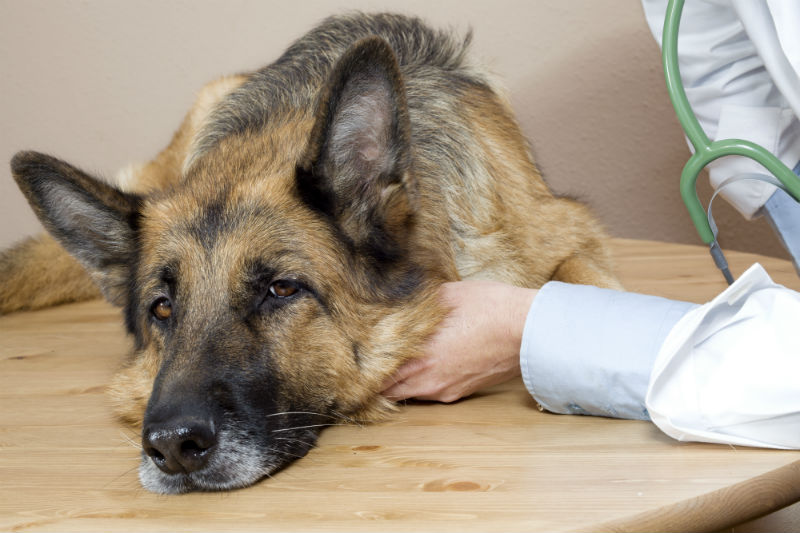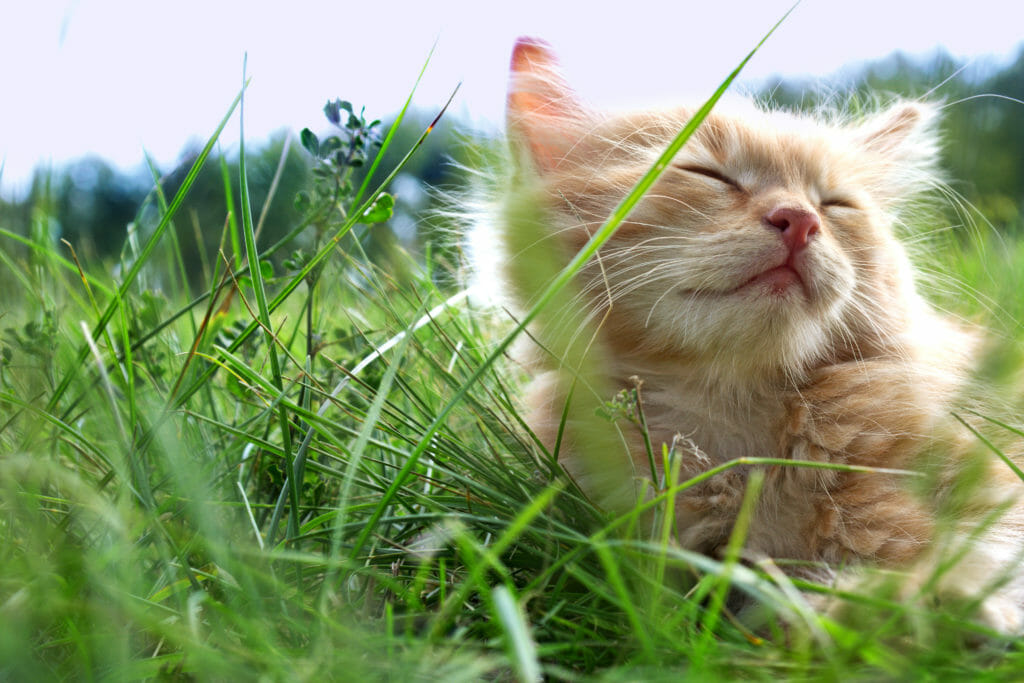Leptospirosis, often shortened to ‘lepto’, is a bacterial disease that affects both humans and animals. The bacteria that causes leptospirosis is spread through the urine of infected animals, such as raccoons and rats, which can get into water or soil. It can survive for weeks to months in this environment. When humans or animals come in contact with this contaminated urine (or other body fluids), water or soil, they become infected as well. Those that live near wooded areas, on or near farms, or those that have spent time around other animals, such as in kennels or dog parks, are at higher risk of contracting the bacteria.
The bacteria can enter the body through the skin (especially if the skin is broken from a cut or scratch), mucous membranes (eyes, nose, or mouth), or from drinking contaminated water. Infected animals may continue to release the bacteria into the environment continuously, or sporadically, for a few months up to several years. The time between exposure to the bacteria and the development of the disease is usually 5 to 14 days, but can be less or as long as 30 days or more.
Signs and Symptoms
The clinical signs of leptospirosis vary and can fall into the same symptoms of many alternative conditions. Sometimes pets are asymptomatic as well. Possible clinical signs in pets are:
- Fever
- Vomiting
- Abdominal pain
- Diarrhea
- Inappetence/refusal to eat
- Lethargy
- Stiffness in muscles and legs/stiff gait
- Severe muscle pain/reluctance to move
- Inability to have puppies
- Difficulty breathing, fast breathing, irregular pulse
- Spontaneous cough
- Yellow skin and/or whites of eyes
Generally, younger animals are more seriously affected than older animals. Without treatment, leptospirosis can lead to kidney damage, meningitis (inflammation of the membrane around the brain and spinal cord), liver failure, respiratory distress, and even death.
Treatment
Leptospirosis is treatable with antibiotics. The type will depend on the stage of the infection and will be prescribed for a course of at least four weeks. If an animal is treated early, it may recover more rapidly and any organ damage may be less severe. Diagnosis is typically done using urine and blood testing to determine the presence of the bacteria in their body. Animals with acute severe disease should be hospitalized and will be provided with more therapeutic measures. Fluid therapy is often used as primary treatment, in order to reverse the effects of dehydration. If there has been severe hemorrhaging, a blood transfusion may even be warranted.
Prevention
Vaccinating against leptospirosis is one way to help prevent the disease; however, it is not 100% protection as there are many strains of the bacteria and the vaccine does not provide immunity against all strains. The vaccine is still ideal to protect against the strains it controls and even if your pet has had leptospirosis as he or she can still get infected with other strains.
Other prevention methods, once your pet has become infected, are to avoid coming into contact with infected urine, blood or feces of he or she before your pet has received proper treatment; always washing your hands after handling your pet or anything that might have your pet’s excrement on it; and, making sure to clean any surfaces that may be contaminated with an antibacterial solution or a solution of 1 part household bleach in 10 parts water.
Written by Dartmouth Veterinary Hospital




